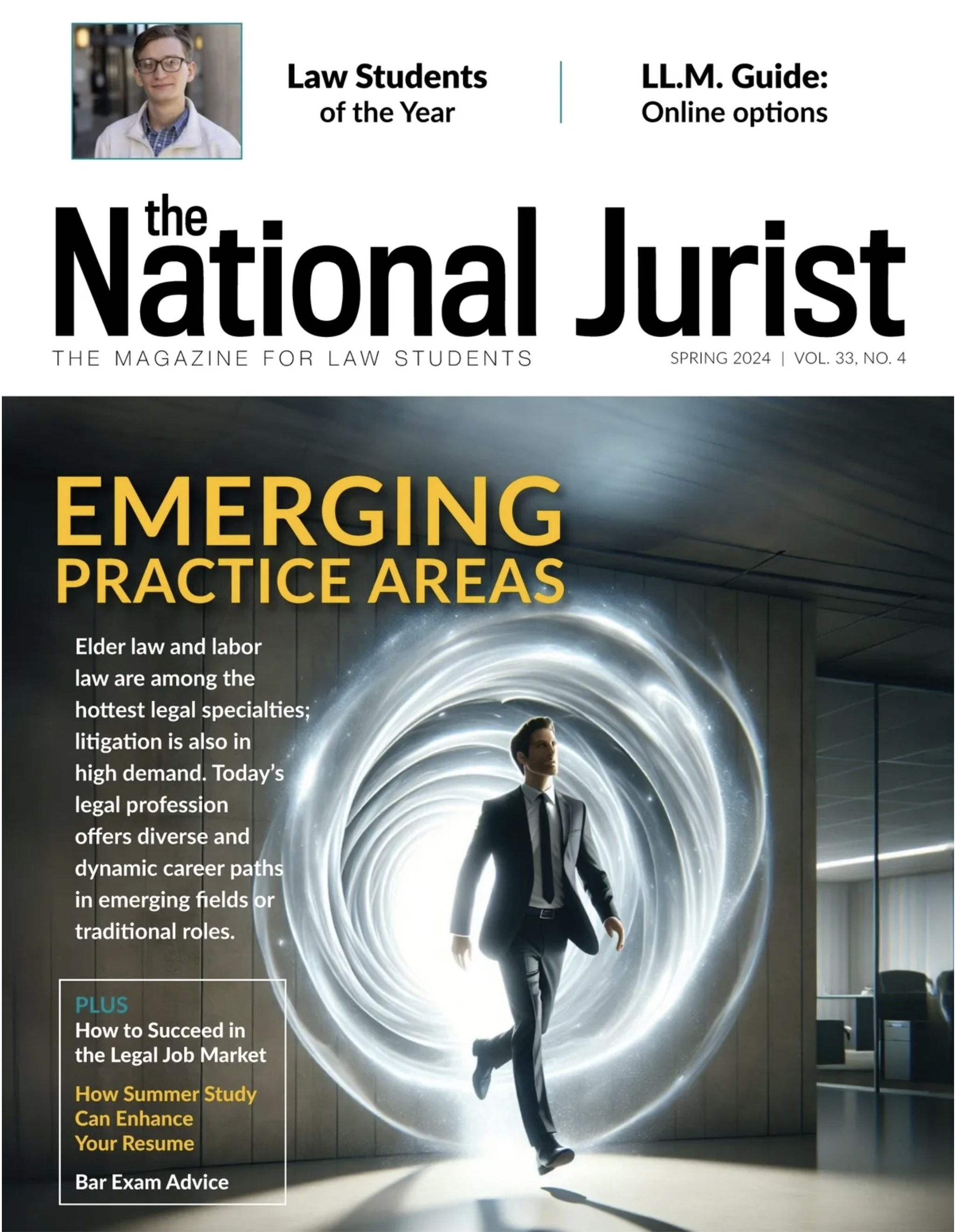By Tyler Roberts
The scores from the February 2017 multi-state bar exam fell to the lowest level since the bar exam was first administered in 1972.
National results from the exam revealed that the average MBE score was 134 points, falling one point from the previous year. The results were released online by the Pennsylvania Board of Law Examiners and later confirmed by the National Conference of Bar Examiners.
The MBE consists of 200 multiple choice questions covering law school subjects such as constitutional law, contracts, criminal law, evidence, civil procedure and torts.
Though overall bar exam performance has been trending downward, the recent scores have the legal industry scratching their heads. Why is there such a large percentage of bar applicants struggling to pass the bar exam?
The answer may be that scores are dropping because law schools have lowered admission standards in previous years to increase first-year enrollment.
In our Winter 2017 issue, National Jurist took an in-depth look at falling bar passage rates and at the schools that are best preparing its students to succeed on the bar exam.
Derek T. Muller, associate professor at Pepperdine University School of Law, wrote on his blog Excess of Democracy that the low MBE scores “primarily reflects continued fall-out from law schools accepting more students of lower ability, then graduating those students who go on to take the bar exam.”
Bar passage rates nationwide dropped from 79 percent for the Class of 2011 to 70 percent for the Class of 2015. With entering credentials for current classes lower than those for the Class of 2015, many fear bar passage rates could drop even further.
The timing of the bar exam could also play a role in the MBE scores. The February exam typically sees many repeat test takers.
In 2016, the pass rate for the July examination was 62 percent compared with the February exam at 49 percent. In February 2016, there were 3,095 more repeat test takers than those taking the test for the first time. For repeaters, the pass rate was a dismal 38 percent.
This may explain why the MBE scores were so low this past February. For example, of the 564 applicants who took the bar exam in Pennsylvania, 355 were taking the exam for the second, third or fourth time. While the pass rate of first-time bar exam applicants was a healthier 72.25 percent, the pass rate was only 52.87 percent for second-time test takers, 25 percent for third-time test takers and 22 percent for fourth-time test takers.
One final factor that could have played into the poor MBE performance is a recent change made to the format of the exam. Typically, 190 questions are factored into the test taker’s score, and 10 questions are experimental. This year, however, the MBE format was changed. Scores in February only factored in 175 questions with the remaining 25 questions being experimental.
This does not mean that the February exam was any harder than previous examinations. Erica Moeser, president and CEO of the National Conference of Bar Examiners, told Above the Law that the changes were of “no consequence.”
As the July examination looms in the not-to-distant future, understanding the factors that contribute to low test scores will be critical for law schools hoping to boost exam performance. Already, some law schools are seeing improvement, Moeser told the ABA Journal.
“As schools are really addressing how one educates a diverse population in law school, some very good things are happening,” Moeser said.
At this point, there is only room for improvement.






